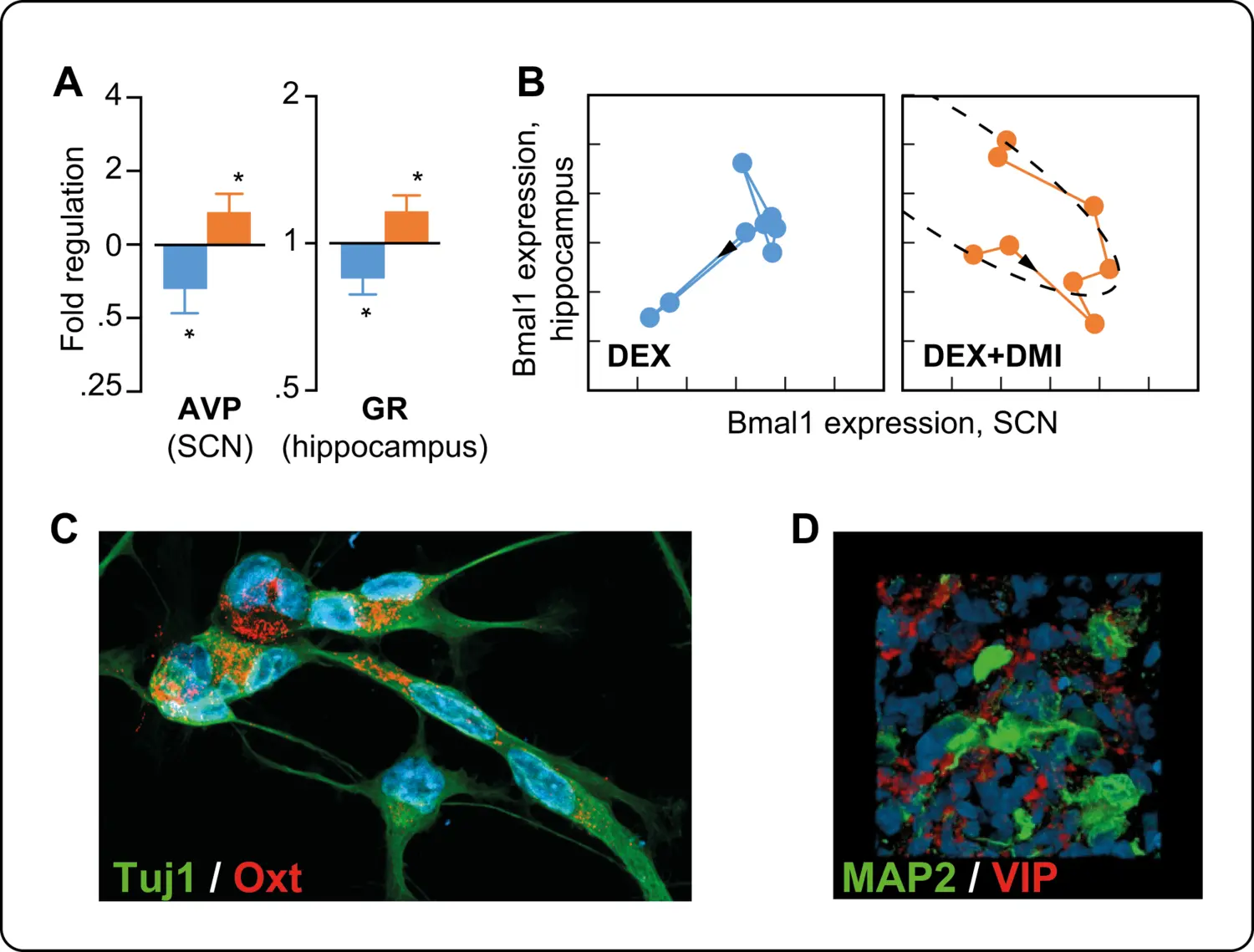Research focus
Accumulating evidence suggests that the etiopathogenesis of neurodevelopmental disorders can be linked to specific genetic and environmental factors alone or in combination. Gene mutations as well as conditions such as infections, fetal exposure to alcohol, recreational drugs, medications, environmental contaminants, and fetal growth restriction have been linked to alterations in neurodevelopment that may well culminate in neurodevelopmental disorders.
We have been studying the developmental alterations caused by NRXN1 deletion, different chemical contaminants, such as heavy metals or endocrine disruptors at levels relevant to human exposure, as well as excess glucocorticoids (GC) which has been linked to fetal growth restriction.

In our research we use experimental in vivo (rodents, zebra fish) and in vitro (2D, 3D and co-cultures) models including human iPSC-derived neuroepithelial, neuronal, astroglia and microglial cells. By combining these experimental approaches, we could show that high levels of GC affect the methylation state of genes regulating proliferation, differentiation, and migration as well as mitochondrial function and redox state in neural stem cells.
These findings point to epigenetic modifications being part of the developmental neurotoxicity mechanisms. In addition, in vivo rodent models revealed that prenatal excess GC alters hippocampal neurogenesis and induces depression-like behavior in adult male mice exposed to GC in utero.
The onset of depression is preceded by long-lasting alterations in circadian patterns of activity and weaker coupling between the central clock (located in the hypothalamic suprachiasmatic nucleus) and peripheral oscillators. Collaborative clinical investigations show abnormal circadian activity patterns in depressed patients as well.
